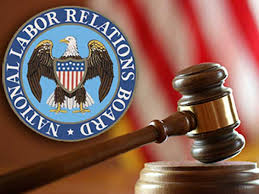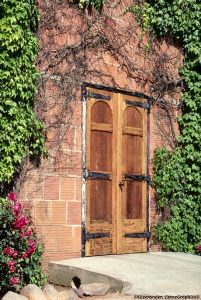The NLRB Unanimously Shuts Down Attempt to Unionize Northwestern's Scholarship Football Players - August 2015
August 18, 2015
In a long-awaited decision issued on August 17, 2015, the five-member National Labor Relations Board (“Board”) unanimously shut down an attempt by Northwestern University’s scholarship football players to become the first group of college athletes to form a labor union. This Board holding vacates the direction of election issued by an NLRB Regional Director in March 2014 and dismisses the representation petition filed by the College Athletes Players Association (“CAPA”), but does not address the fundamental issue of whether the players are “employees” under the National Labor Relations Act (“Act”). Instead of deciding this issue, the Board declined to assert jurisdiction over this case based on its conclusion that it “would not promote stability in labor relations” and therefore would not effectuate the policies of the Act. The Board noted that it had never been asked to assert jurisdiction in a case involving college athletes, nor had there ever been a petition for representation of a unit of a single college team, or even a group of college teams. The Board also pointed out that the players in this case did not “fit into any analytical framework” the Board had used in other cases involving college students (such as graduate student assistants or student janitors and cafeteria workers) because this case involved student athletes who receive scholarships to participate in what traditionally has been regarded as an extracurricular activity. The Board also distinguished these scholarship players from professional athletes, because the scholarship players are required to be enrolled full time as students and meet various academic requirements. The Board further observed that bargaining units in professional sports have never been limited to a single team’s players – they have always included the players of all teams in the entire league. Therefore, the Board concluded that there was no precedent that required it to assert jurisdiction, and that it was free to exercise its discretion to decline jurisdiction over this case. In justifying its decision to decline jurisdiction, the Board explained that Northwestern is a member of the National Collegiate Athletic Association (“NCAA”), which has a “substantial degree of control over the operations of individual member teams, including many of the terms and conditions under which the scholarship players (as well as walk-on players) practice and play the game.” Under these circumstances, the Board determined that its assertion of jurisdiction over only Northwestern and its scholarship football players would not promote stability in labor relations across the NCAA. The Board further explained that Northwestern competes in the NCAA Football Bowl Subdivision (“FBS”), where 108 of the 125 member schools are public institutions that are not covered by the Act. As a result, the Board does not have jurisdiction over the vast majority of the FBS teams. In fact, the Board pointed out that because Northwestern is the only private school in the 14-member Big Ten Conference, it “cannot assert jurisdiction over any of Northwestern’s primary competitors.” The Board cited this as an additional reason why its assertion of jurisdiction over only Northwestern and its scholarship football players would not promote stability and uniformity in labor relations. Although the Board’s exercise in restraint in this decision comes as somewhat of a surprise given this Board’s activism in expanding the reach of the Act, the Board made clear that its decision does not “preclude a reconsideration of this issue in the future,” and should be interpreted narrowly. In fact, the Board seemingly opened the door for consideration of a broader proposed bargaining unit than scholarship football players at one university by stating that its decision is not intended to “address what the Board’s approach might be to a petition for all FBS scholarship football players (or at least those at private colleges and universities).” So, the landscape of collegiate athletics will remain the same for now, but this may not be the last unionizing effort of student athletes that we see.


 The National Labor Relations Board’s treatment of college and university students as “employees” covered by the National Labor Relations Act has been the subject of a tortured history. In the Fall of 2000, in a case involving NYU, the NLRB
The National Labor Relations Board’s treatment of college and university students as “employees” covered by the National Labor Relations Act has been the subject of a tortured history. In the Fall of 2000, in a case involving NYU, the NLRB  The Chronicle has
The Chronicle has